Overview
Most owners of older homes, even those with recent bathroom renovations, do not plan ahead for their future health needs. As we age, challenges with mobility, standing, bending, reaching, visual impairment, and other issues all can lead to safety hazards in our bathrooms. In addition, technology and medical innovators are looking at the bathroom as the new “health hub” where tracking and analyzing various health data can support the prevention and management of chronic disease.
Reports show 80% of the falls in the home occur in the bathroom – to anyone of any age. Slick floors, non-secured bathmats, small spaces to maneuver all add to the risk. And since many guests and even master bathrooms in older homes have a smaller footprint, the possibility of hitting your head, hip, knee, or wrist and wrenching your back are common bathroom-related fall injuries seen in hospital ERs.
Also, we don’t think about whether we may need help in the bathroom. If you have had a recent surgery or broken a leg or arm, having a bathroom that offers more safety and assistance or will accommodate two people is essential.
These changes can also add to your home’s value. Whether a forever bathroom design is for you part of the living home forever plan, or whether the adaptations listed below are to accommodate frequent visits from older parents or grandparents, some of these universal design renovations, appliances, and technology are both beneficial for all ages and in demand among younger millennials home seekers which ultimately can increase your home’s value.
Entry to Bathroom
- The doorway needs to accommodate a width of 34-36 inches (for wheelchairs and walkers) for barrier free access.
- Door openings should be lever handles instead of turn knob handles (it is easier to push down to open rather than twisting and turning wrist).
- Doors should swing out not in (if someone falls in the bathroom and blocks the door, EMTs may have to remove the door to get to the person and cannot do that if the hinge is inside). Options include: Install a swing clear or offset hinge so the door allows for maximum opening (additional 1-3 inches or flush to the wall) or a more expensive but better option is to replace it with a pocket door.
- Doors should lock and unlock from both outside and inside the bathroom (push to lock inside and pinhole emergency release on opposite side). This is a safety benefit for kids and older adults.
Showers
- A no-step entry/threshold is optimum (also called zero entry or curbless entry). Optional is a ¼ inch or beveled entry. Entry must be 30 inches wide to accommodate a wheelchair and have a 60-inch turning radius space. Avoid rolling shower doors that are a safety hazard and can cause tripping when getting into the shower. In addition, a rolling shower door track can cause serious bruising and skin tears for older, more sensitive skin.
- A built-in shower stool or ledge where shower controls are accessible if seated. Optional is to add a portable shower seat with no-slip legs.
- A handheld showerhead is easier to use than trying to stand or sit under an affixed showerhead. It should be accessible from waist high (about 33 inches).
Grab bars should be positioned for both upright and seated positions for safety and assistance in standing and getting into and out of the shower. Grab bars need to be installed properly to not pull out of the wall and require special backing inside the wall to ground them in place. Showers need a minimum of three grab bars typically 33-36 inches in height from the ground. The three traditional bars are:
- To assist with entry and exits – positioned vertically
2. On the side wall to aid in balance while bathing – positioned horizontally at an angle
3. Near faucet controls to aid in balance – this can be a small bar approximately 12 inches – positioned vertically or horizontal
Towel bars should be positioned within arm’s length of the shower at no higher than 33-36 inches. Traditional towel bars need to be replaced with grab bars that can accommodate 250+ pounds (versus the 10-20 pounds of most towel bars) to prevent falls when someone loses their balance. Flimsy towel bars will come right out of the wall instead of stopping a fall.
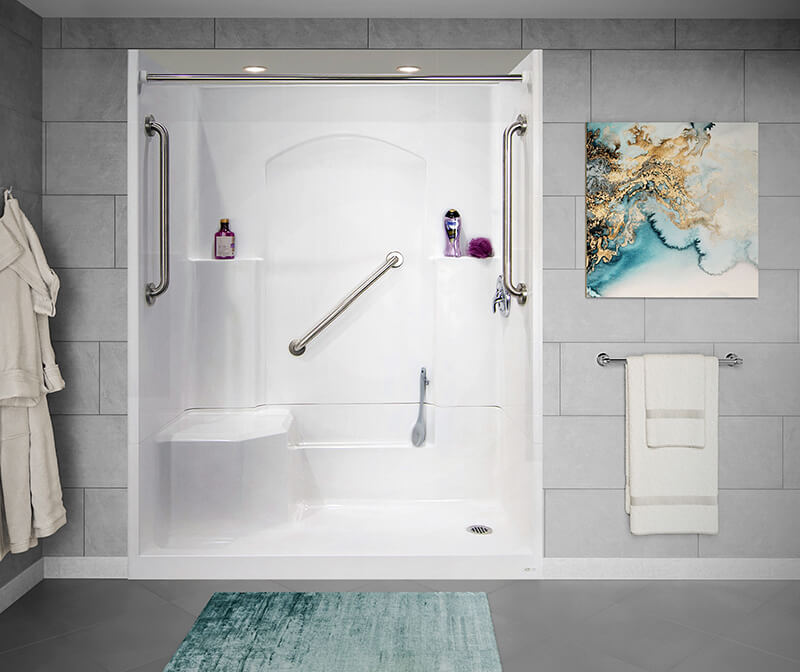
Smart home technology for the bathroom includes temperature controls for bath and shower (set to maximum temps to avoid scalding), smart faucets for wash basins, mirrors that adjust lighting for optimal wellness, red or orange colored automatic nightlights for late night trips to the bathroom that don’t disrupt circadian rhythms and sleep (worst offenders are blue emission nightlights).
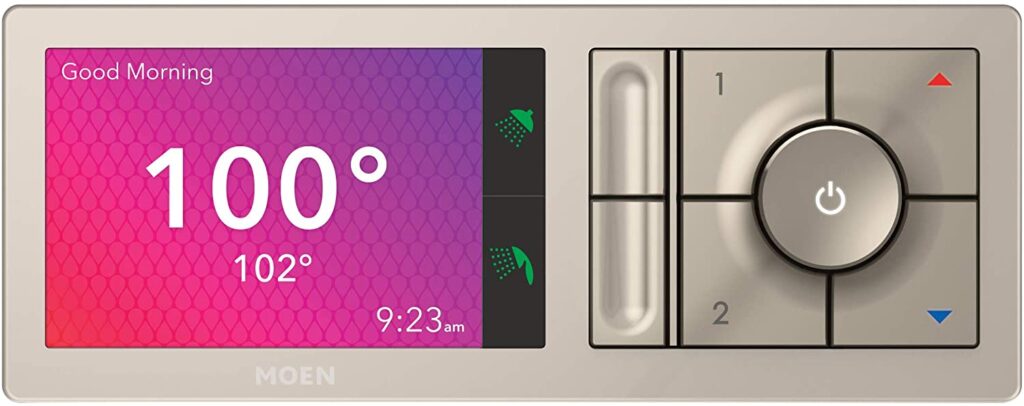
Bathtubs
- Two-thirds of all bathroom-related ER visits are due to injuries in the shower or tub – for all ages. Most accidents occur when getting out of the tub (as opposed to getting in), when the floors and sides of top of the tub are wet.
- Accidents coupled with wellness needs are making walk-in tubs no longer just for older adults – millennials are driving walk-in tub sales due to the the spa-like, hydrotherapy and chromatherapy experience.
- Things to know when shopping for a walk-in tub:
- Filling and draining the tub – you have to sit and wait for the tub to fill and cannot open the door until the tub is fully drained so you want a fast-action tub which often costs a bit more. Also keep in mind, you’ll need a 65 gallon or more water heater so that warm water fills the tub instead of running out of hot halfway through (similar to bad shower experiences).
- If you want to submerge up to your neck to help those sore shoulder muscles, then look for a tub with adjustable seating or that allows for more than just an upright position where the shoulders may never touch the water. Pregnant moms and those who strain to submerge in a regular tub, find walk-in tubs with seating an advantageous option over regular tubs.
- Some walk-in tubs still have a small threshold to step over – look for models that have no threshold entry.
- For people with multiple sclerosis, Parkinsons, who have had a stroke or other health issue that makes mobility difficult, having the ability to do a lateral slide into the seat in the tub is critical. Look for models that allow this and don’t have high wall barriers. Also, outward swinging (instead of inward swinging) doors are safer and lift up and down doors are optimal.
- Just as with regular tubs, a walk-in tub’s deep footwell can become a safety hazard for small children. Grandparents or parents who opt for a walk-in spa tub need to keep the door locked for safety. One advantage of the walk-in tub is the smaller area does make it less likely than a regular tub for a small child to fall when learning how to bathe.
- While many walk-in tub models come with grab bars on the top or inside of the tub, you still want to install a grab bar on the wall to assist in balance to get in and out of the tub.
Wash Basin and Vanity
- Wash basins need to be accessible so removal of under sink storage area and ensuring the ability to roll under or on the side of the sink is critical. Also, lower sinks at 33-36 inches is optimal. Some sinks and basin heights can be adjusted with new technology using manual or voice controls (the lift mechanism is built in behind the wall).
- Faucet controls should again be levers (pulled forward and backward or up and down) rather than controls that need twisting of the wrist. It is also advised to ensure the HOT and COLD controls are easily marked. All the major manufacturers – Moen, Delta, Kohler – also make touchless faucets using motion controlled movement or voice commands.
- Sinks should have smooth, rounded edges instead of sharp corners that may cause bruising.
- Mirrors over sinks should have tilt adjustment or be hung at a lower height (about 36 inches rather than the standard 48 inches) for views from a seated position or for smaller children.
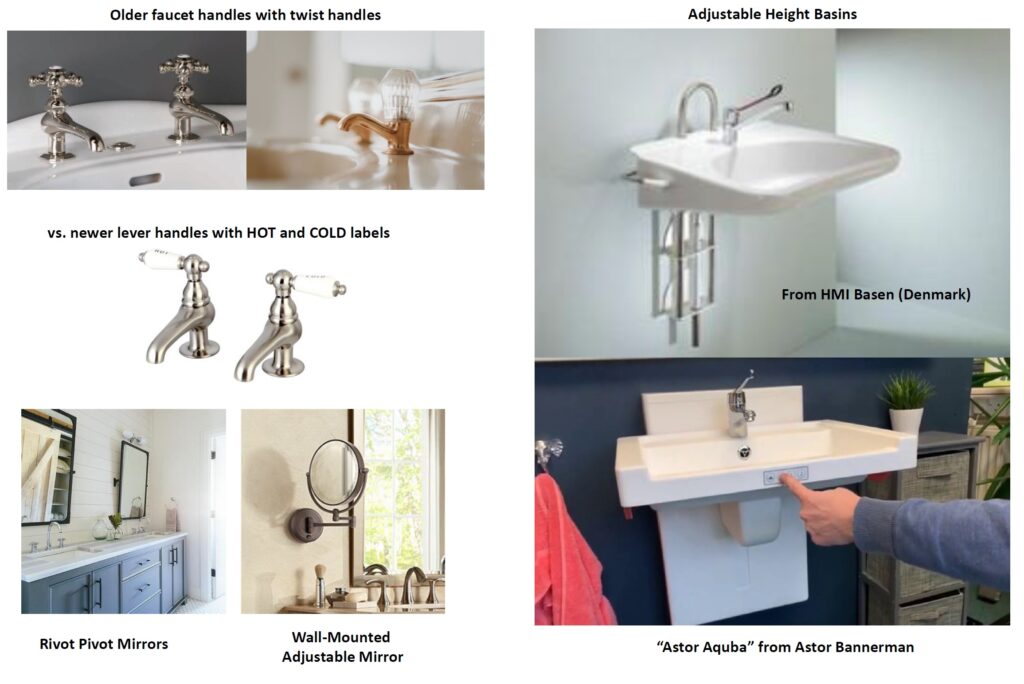
Toilet
- While many of the newer toilet models are high (16-18 inches) as compared to older 14-inch models, most universal design bathrooms with ADA-compliance require a minimum 17-19 inch toilet height. The latest in health at home technology includes smart toilet seats that capture health data trends and insights for your health tracking with your doctor.
- Handrails are important for being able to lower and raise the body onto the toilet seat. An affordable option is to purchase a toilet seat riser with handrails for steadying, the high-end option is to install an adjustable height toilet using automated controls.
- Allow enough room around the toilet so that if assistance is needed it can be provided safely.
- Install a cane hook near the toilet and the wash basin.
Rugs and Plugs
- Rugs and bath mats can be trip and slip hazards but are also helpful in keeping floors dry (where water slicks can create unwanted water slides). Choose mats that have non-slip backs and have a low pile or microfiber material.
- Check the number of electrical plugs and ensure some are 18-24 inches from the ground for easy access even if seated (ADA requires 15-48 inches for reach in a wheelchair). Also, with many devices now using USB, use adapters or newer electrical+USB plug outlets. Smart plugs are also great if you have a smart home technology system for smart appliances.

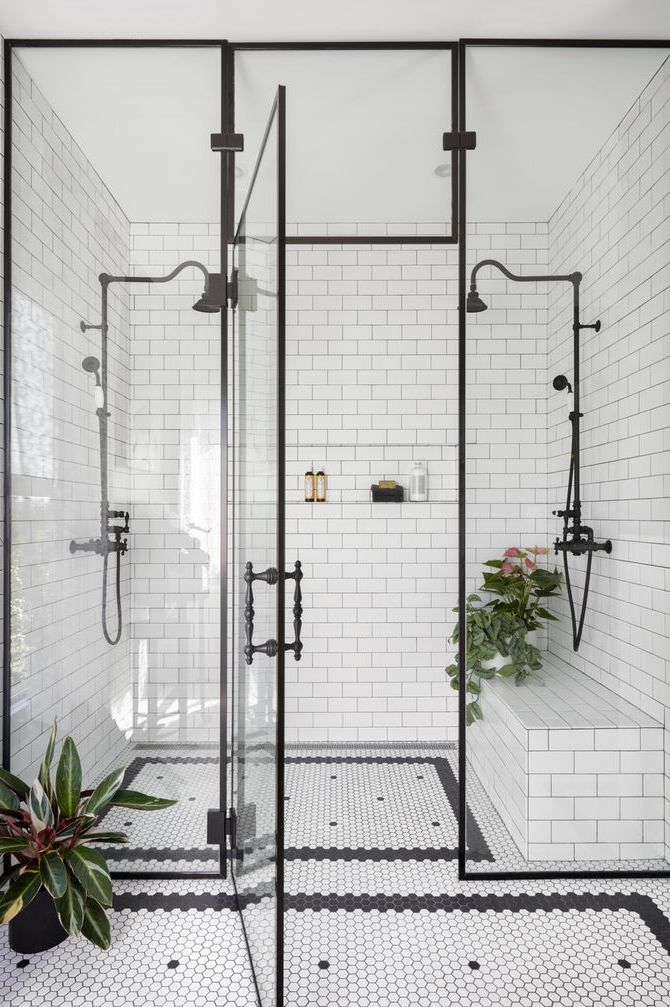
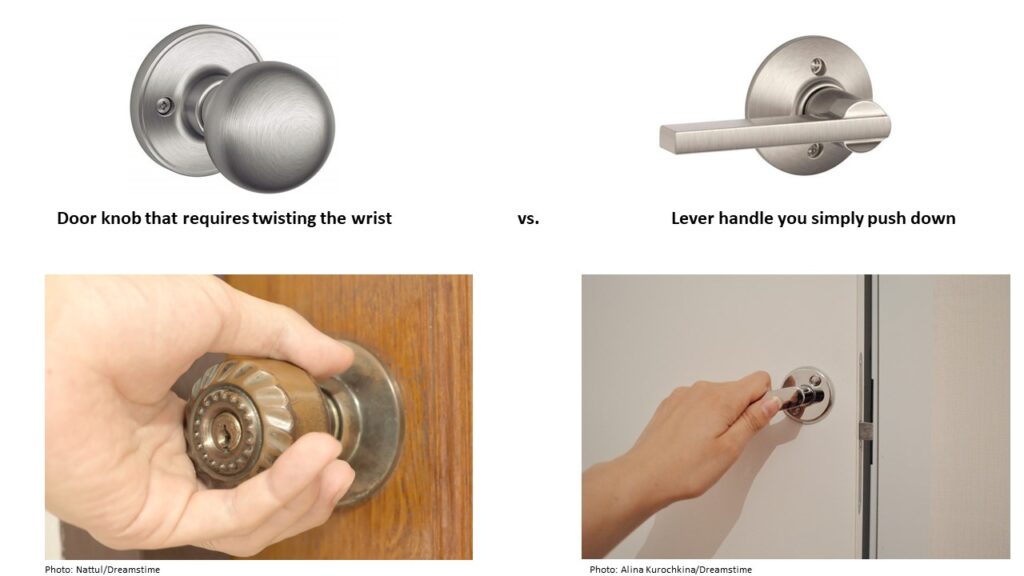
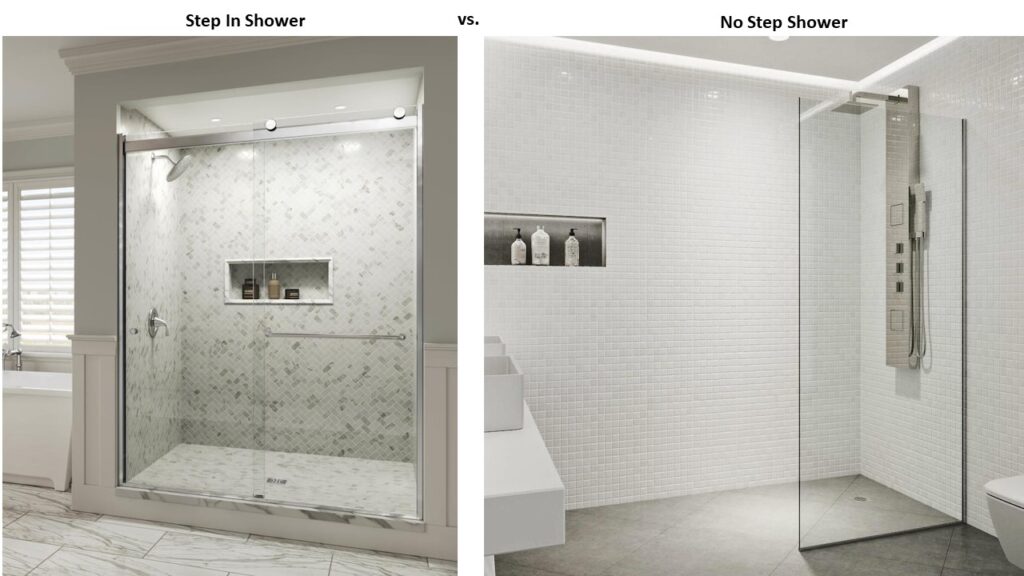
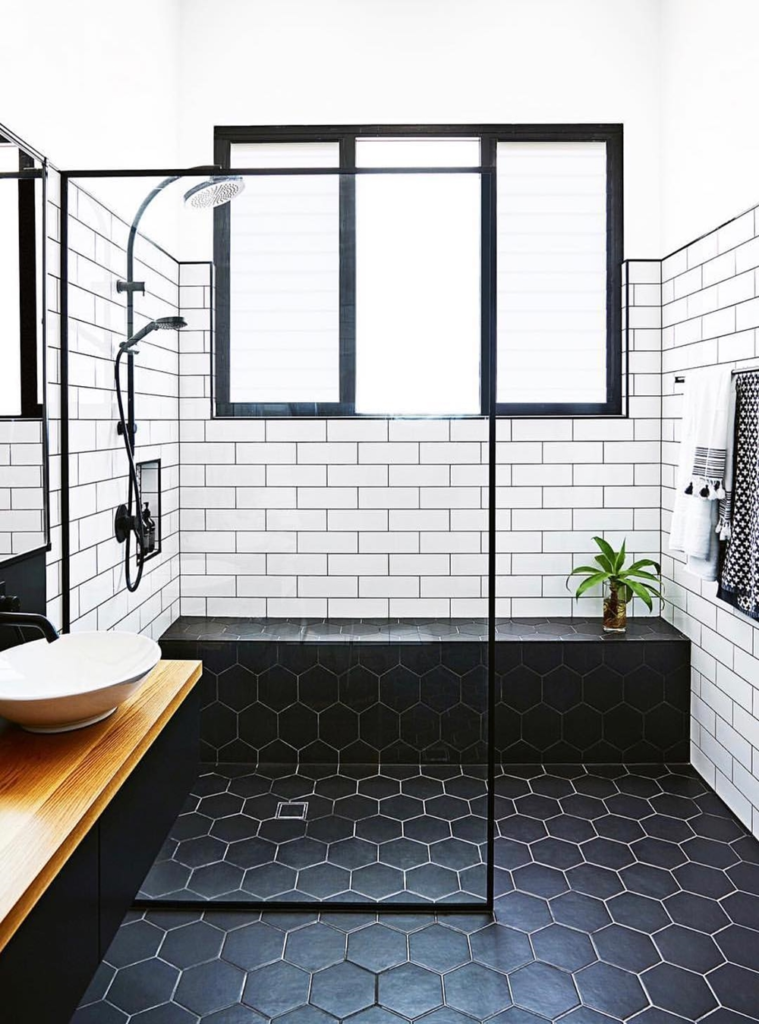
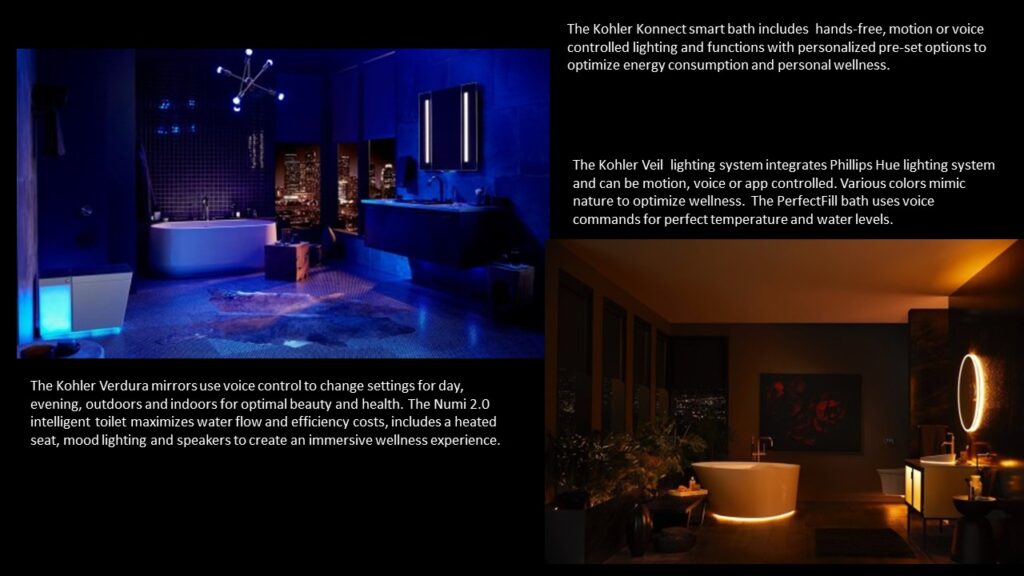
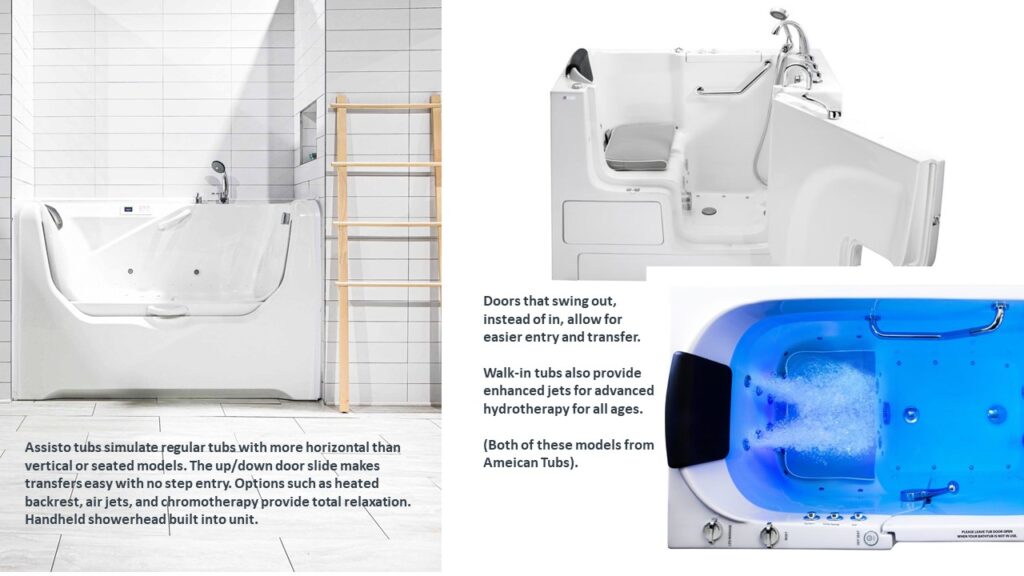
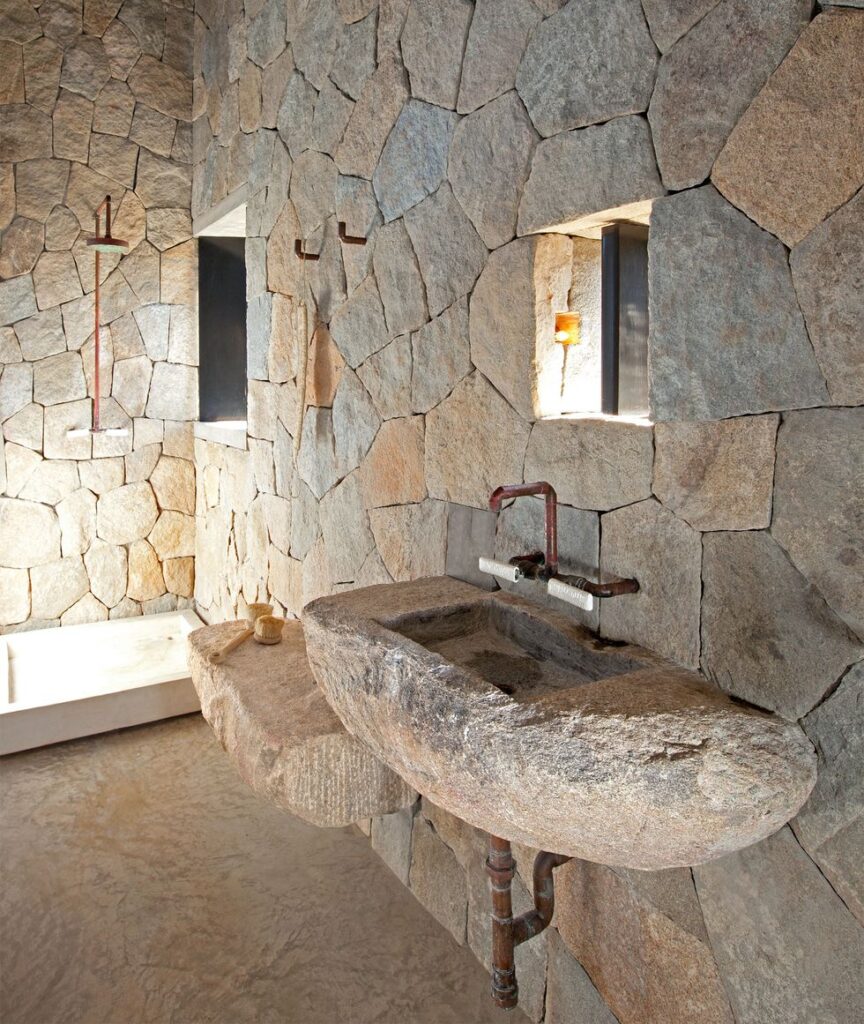
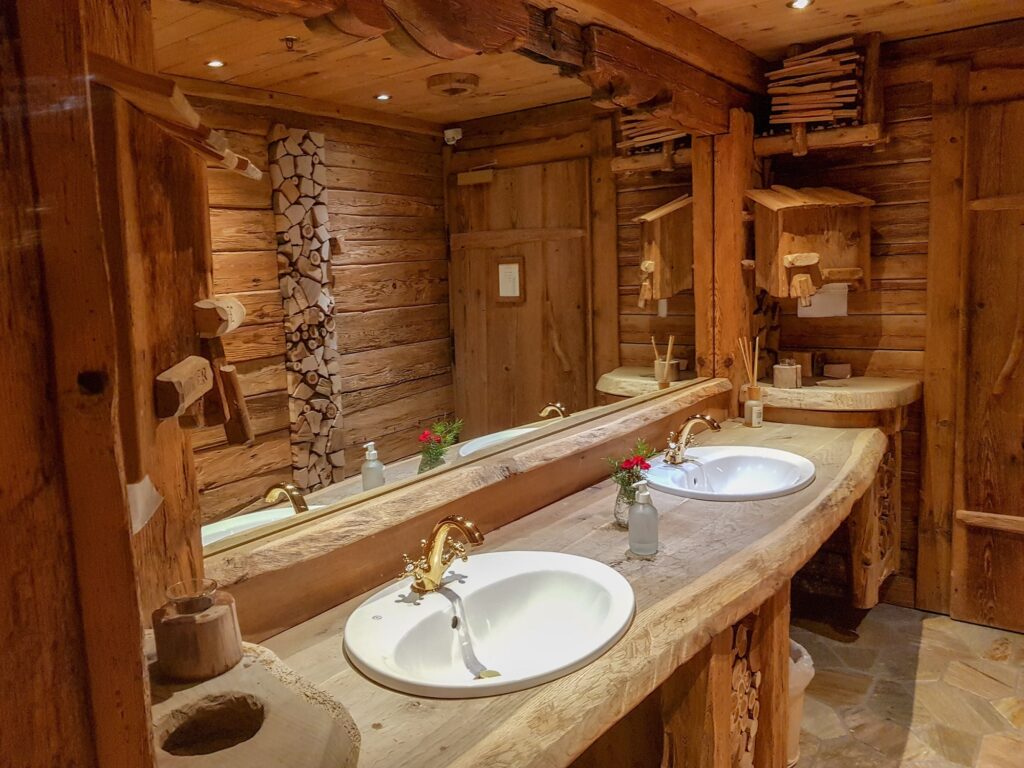
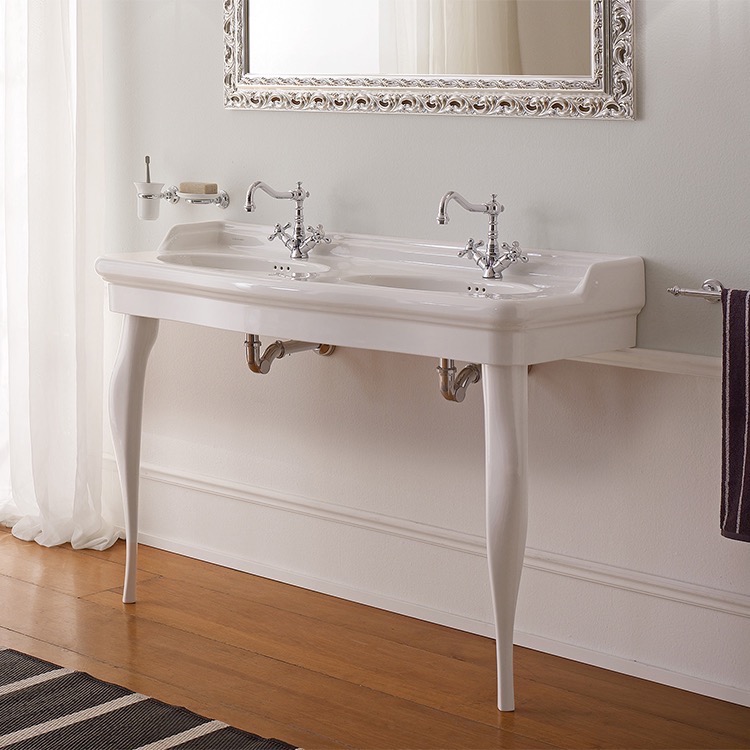
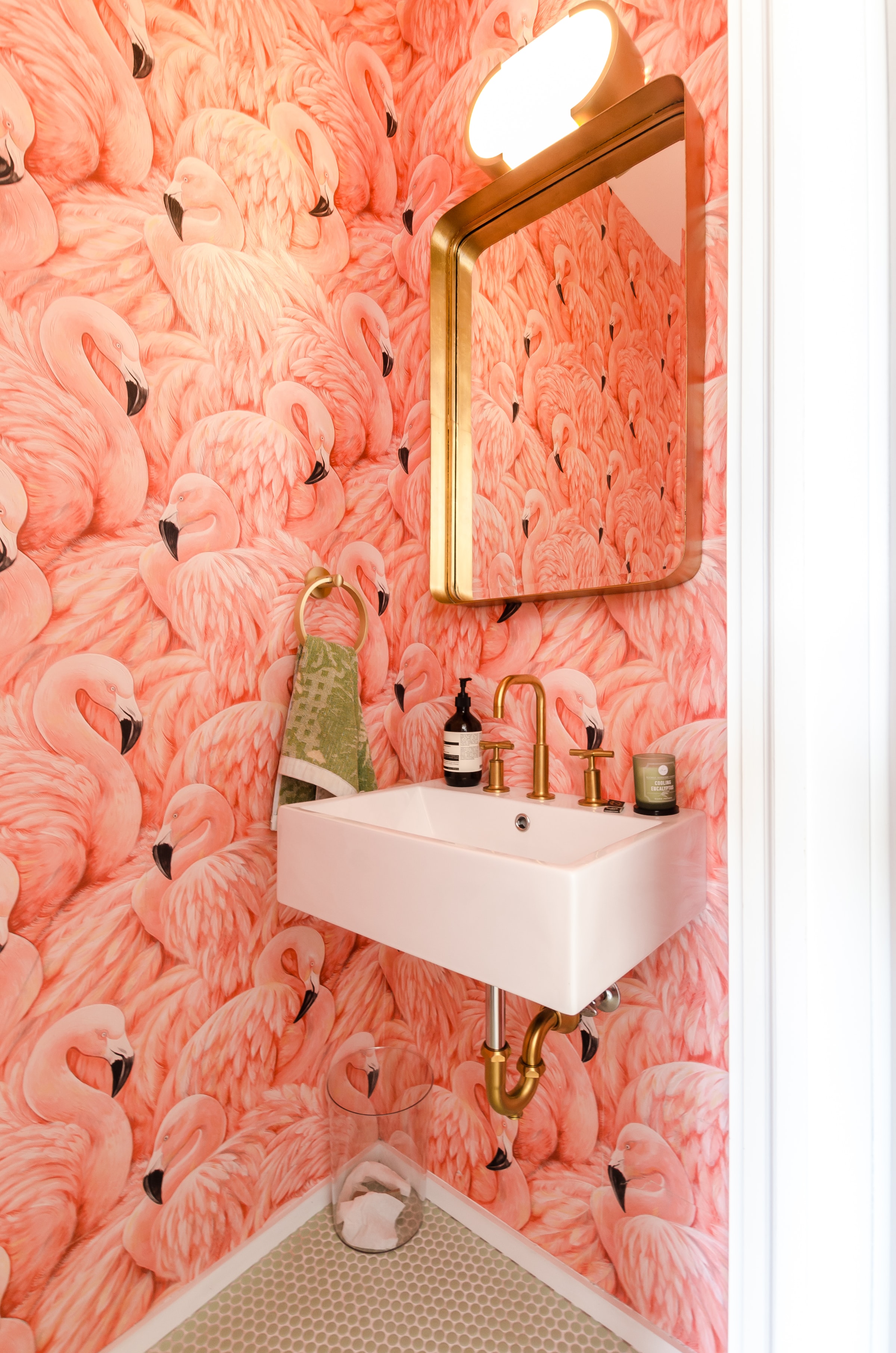
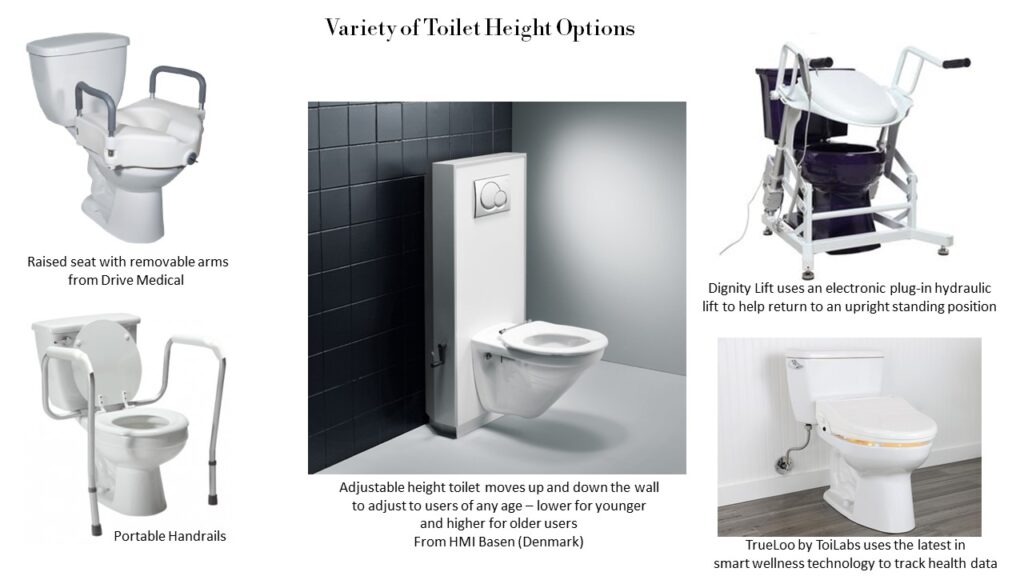
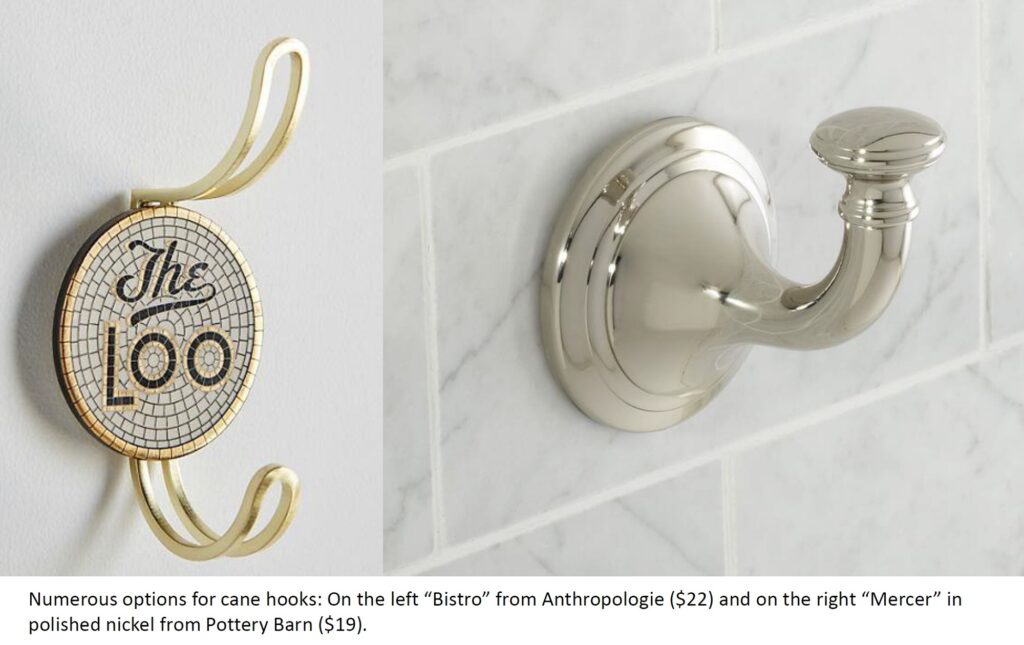
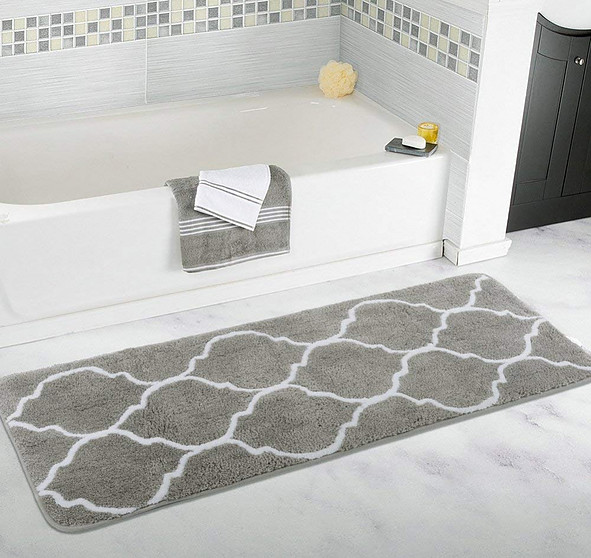
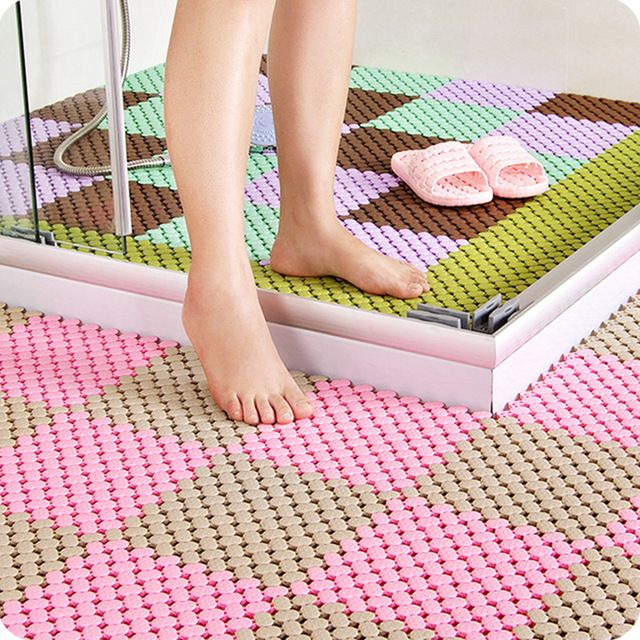
0 Comments